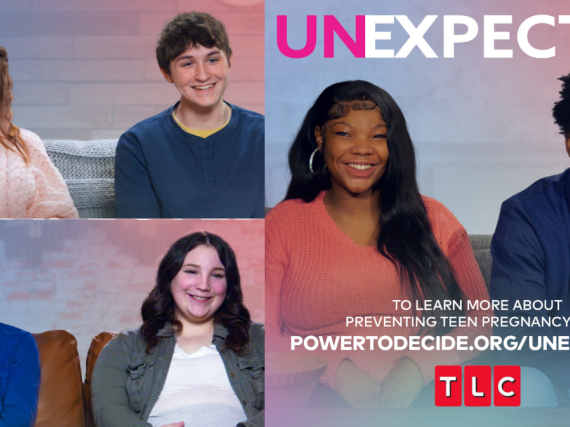Sparking Inclusive Conversations in the Exam Room
As a health care provider, I work to create inclusive spaces in the exam room where people feel safe and comfortable to have conversations about the intimate details of their lives. While the conversations about sex, birth control, and pregnancy desires are key to understanding what services and counseling people need to achieve reproductive well-being, they can sometimes feel uncomfortable or awkward to get started. Good news—there are strategies and tools to help providers spark inclusive conversations! While there are many options for how to open respectful, non-judgmental conversations about sexual and reproductive health, the three strategies that have been the most impactful in my practice are asking both open-ended and closed-ended questions, actively listening to the answers, and using high-quality, educational materials that provide visuals during the visit and as a take home message.
Open-Ended Questions AND Closed-Ended Questions
When you are busy, the thought of asking an open-ended question can cause anxiety that your schedule might get (even further) behind, but the truth is asking a combination of open- and closed-ended questions supports patient satisfaction, quality of care, and clinic efficiency. In practice this looks like asking “Can you tell me about the genders and bodies of your partners?”, rather than asking “Do you have sex with men, women, or both?” Asking about sexual partners as an open-ended question supports the diversity of sexual experiences and signals that you are a safe, non-judgmental person they can have sensitive conversations with.
While some questions are best asked as open-ended ones, others are most inclusive when you ask them with some bumpers. For example, asking about pregnancy desires with a screening tool, such as One Key Question® and offering the four answers, “yes,” “no,” “unsure,” and “okay, either way,” helps to both acknowledge the normal range of pregnancy desires, including ambivalence, while providing direction for framing and understanding other services that someone might need today.
Active Listening
Once you ask the question, whether it is open- or closed-ended, the next thing to do is to use active listening. Make a concerted effort to pay attention, hear, and understand what people have to say rather than just being ready to move onto the next question. It’s important to use your body language to show that you are listening, such as to looking away from the screen to make eye contact and verbally acknowledging and repeating back what you hear them saying. A few years ago, our electronic health record was down unexpectedly after an upgrade and while the paperwork side of things was more complicated, I found that removing the computer from the exam room actually made it easier for me to be fully present and hear what people were saying. It was a good reminder of how active listening and building rapport are critical to providing inclusive, respectful care.
Educational Materials
Understanding of health care counseling and recommendations is an essential part of high-quality, informed health care decision making, but research shows that people often don’t understand (or can misunderstand) information from a health care provider. The actual amount that people are able understand and retain depends on a variety of factors, including trust of the people providing the information, how the information is conveyed, how it algins (or doesn’t) with their own lived experiences, and health literacy, among other factors. For health care providers, this highlights the importance of both building rapport and trust as well as having and communicating health messages in ways that are relevant to, resonate with, and respect people’s lived experiences.
Educational materials such as tear sheets, postcards, and brochures from Bedsider and Power to Decide make it easier for me to have conversations about birth control and pregnancy desires. With real-life images of birth control methods and answers to the questions that people are most often asking when making decisions about their method, these materials align and support the counseling that I’m providing by sparking conversations about what is most important to someone about their birth control. For example, for someone whose primary concern is birth control that is the most effective at preventing pregnancy, the tear sheet with the question “How well does birth control work?” helps me present a variety of birth control options and compare how effective they are at preventing pregnancy. Having visually appealing and evidence-based educational materials gives me an opportunity to start conversations about what is most important to someone about their birth control. And it allows people something to take home as a reminder of what we discussed during the visit and contains a link to the rich content on Bedsider.



